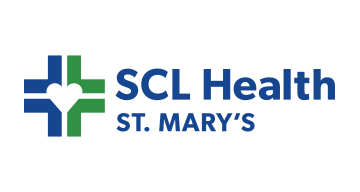

The St. Louis-headquartered SSM Health faced several challenges in its six infusion sites, including unpredictable patient volumes caused by waves of COVID-19 and with major construction that constrained daily operations. The infusion centers, part of SSM Health Cancer Center, also struggled with extremely busy morning rushes followed by slow afternoons that left chairs unused and nursing workloads imbalanced.
To address these challenges, SSM Cancer Center implemented LeanTaaS’ AI-powered technology solution iQueue for Infusion Centers at four SSM Cancer Center infusion sites, beginning in 2019 and continuing throughout the onset of the COVID-19 pandemic and the ensuing surges.
In this session, the Director of Clinical Services at SSM Health explains how the organization adapted iQueue to meet not only the existing operational challenges but the compounding factors of the pandemic. With iQueue, SSM Cancer Center saw significant improvement in their operational agility, patient volumes and afternoon appointment utilization, including maintaining appointment availability across the health system despite closing several chairs for construction and social distancing.
Viewers of this webinar will be able to:








Take the first step towards unlocking capacity, generating ROI, and increasing patient access.
If you work in the healthcare industry, or even if you’re just an interested observer, you don’t need a book to tell you that the financial pressure is on as never before. A perfect storm of circumstances is swirling together, one that will make survivability, not to mention profitability, a greater challenge for healthcare companies than we’ve seen in the modern era.
As with banks, retailers, and airlines, which had to rapidly enhance their brick-and-mortar footprints with robust online business models—it is the early movers eager to gain new efficiencies that will thrive and gain market share. The slow-to-move and the inefficient will end up being consolidated into larger health systems seeking to expand their geographical footprints.
Let’s look at just a few of the looming challenges healthcare must meet head-on.
An aging population
By the year 2030, the number of adults sixty-five years of age or older will exceed the number of children eighteen years or younger in the United States. We are living longer than our parents did. Positive news for sure, but problematic for several reasons.
The older we get, the more medical help we need. Older people have more chronic diseases. By 2025, nearly 50 percent of the population will suffer from one or more chronic diseases that will require ongoing medical intervention. This combination of an aging population and an increase in chronic diseases will create a ballooning demand for healthcare services.